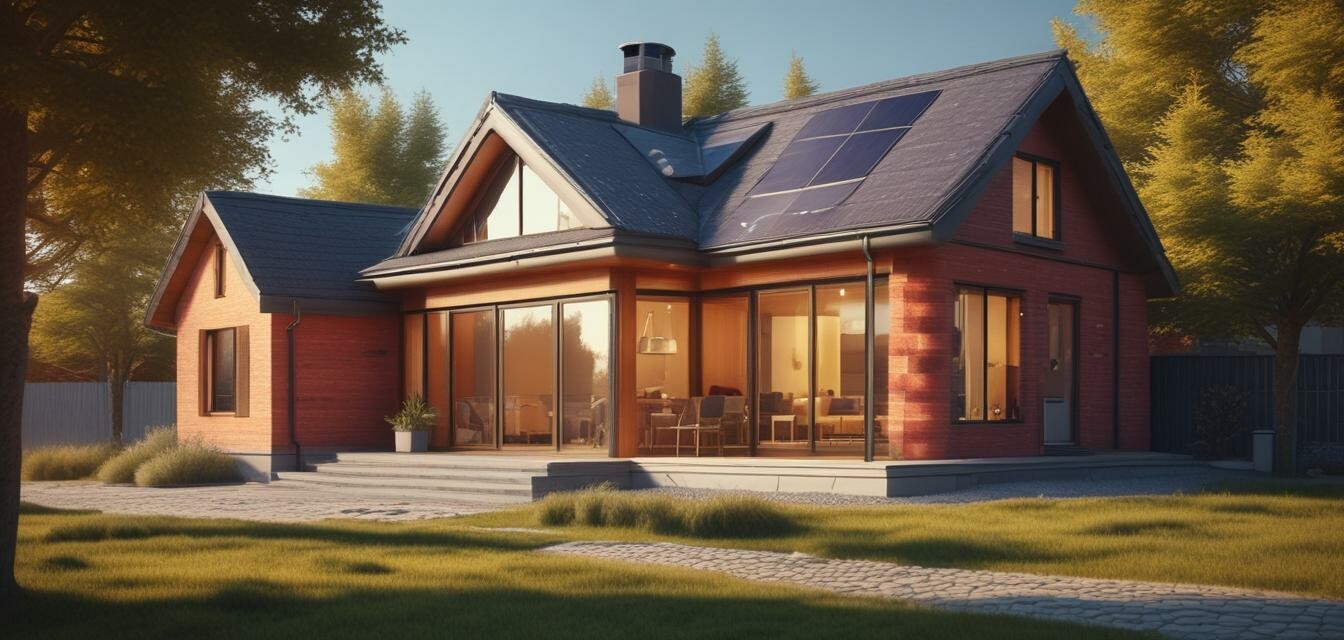
The role of insulation in energy efficiency
- Proper insulation significantly reduces energy consumption.
- It helps maintain a comfortable indoor temperature throughout the year.
- Insulating your home can maximize the performance of your energy-efficient appliances.
- Choosing the right materials and installation methods is crucial for effectiveness.
Understanding how insulation works is vital for enhancing the energy efficiency of your appliances and overall home. Proper insulation plays a crucial role in reducing energy costs and contributing to a healthier environment. In this article, we will delve into the importance of insulation, different types of insulation materials, and tips on insulating effectively to maximize energy savings.
Why is insulation important?
Insulation acts as a barrier to heat flow, keeping your home warm in winter and cool in summer. This means that your appliances, such as air conditioners and heaters, don’t have to work as hard to maintain your desired temperature. This not only conserves energy but also prolongs the life of your appliances.
How insulation improves energy efficiency
Insulation reduces the amount of energy needed for heating and cooling your home. Here are some benefits:
| Benefit | Description |
|---|---|
| Lower energy bills | By reducing the workload on heating and cooling systems, insulation helps you save on energy costs. |
| Enhanced comfort | Effective insulation helps maintain a consistent indoor temperature, keeping your home comfortable year-round. |
| Environmental impact | Lower energy consumption means reduced greenhouse gas emissions, which benefits the planet. |
Types of insulation materials
There are several insulation materials available, each with its own pros and cons. Here’s a closer look at some popular options:
| Material | R-value (per inch) | Best used for |
|---|---|---|
| Fiberglass | 2.9 – 3.7 | Walls, attics, and floors |
| Foam board | 3.8 – 5.0 | Beneath siding, basement walls |
| Cellulose | 3.1 – 3.7 | Attics and wall cavities |
| Spray foam | 6.0 – 7.0 | Sealing gaps and irregular spaces |
Insulation tips for your home
Beginner’s section: How to insulate effectively
- Start by evaluating your current insulation. Check attics, walls, and crawl spaces.
- Seal gaps and cracks with caulk or insulation foam to prevent air leakage.
- Choose insulation materials suited to your climate and the specific area of your home.
- Consider professional installation for complex situations or larger projects.
- Re-insulate older homes or areas that seem drafty, ensuring an energy-efficient environment.
Maximizing appliance efficiency with insulation
Energy-efficient appliances can perform their best when the environment they operate in is properly insulated. Here are ways insulation benefits specific appliances:
- Refrigerators: Insulated homes keep kitchen temperatures stable, allowing refrigerators to use less energy.
- Air Conditioners: In a well-insulated home, air conditioners can cool spaces faster and run for shorter periods.
- Dishwashers: Insulated plumbing reduces water temperature fluctuations, enabling dishwashers to use less energy.
- Washing Machines: Proper insulation in laundry areas can help maintain consistent temperatures for effective washing cycles.
Final thoughts
Investing in insulation is crucial for anyone looking to enhance energy efficiency in their home. Not only does it help in conserving energy, but it also maximizes the effectiveness of energy-efficient appliances. By understanding the different insulation materials and implementing effective insulation techniques, you can enjoy a comfortable living environment while saving money on energy bills.
Pros
- Reduces energy costs.
- Improves indoor comfort.
- Environmentally friendly.
- Enhances appliance performance.
Cons
- Initial installation costs.
- Potential for moisture issues if improperly installed.
- Not all insulation materials are eco-friendly.
For more insights on maintaining energy-efficient appliances, visit our Tips and How-to Articles section to discover additional practices that can save you both energy and money.
